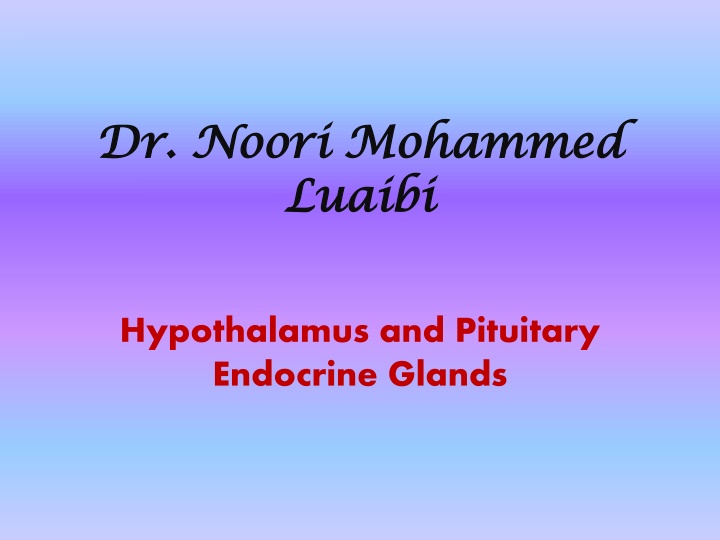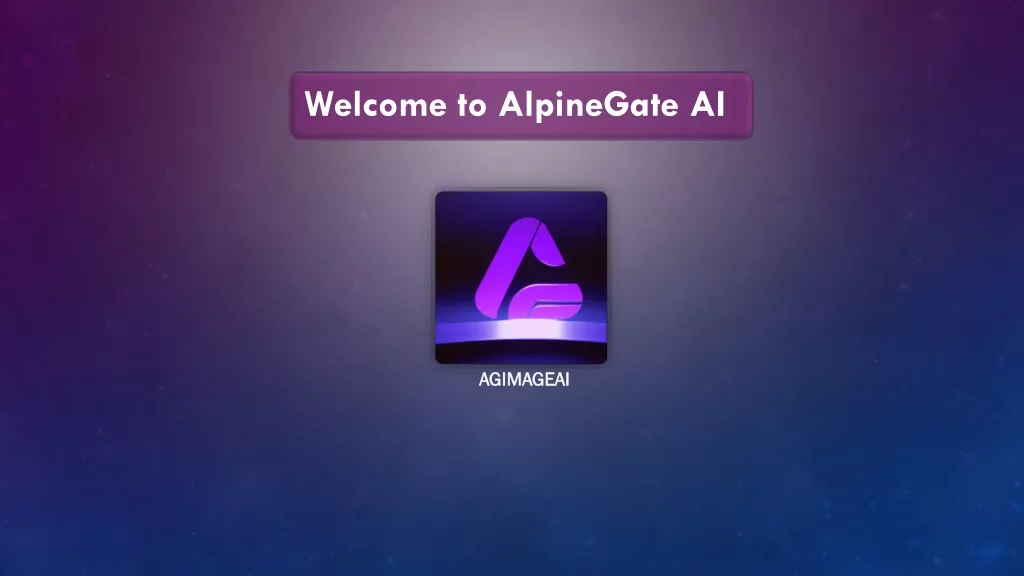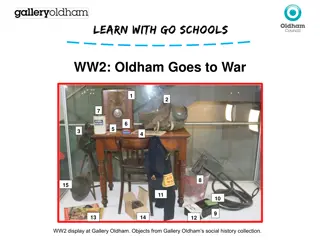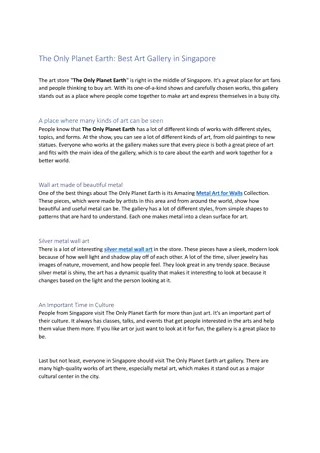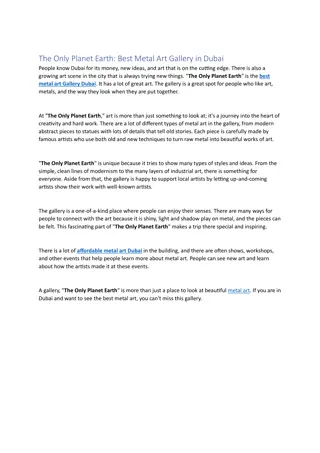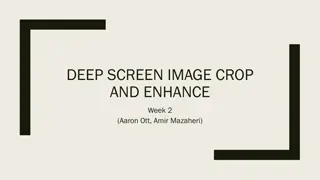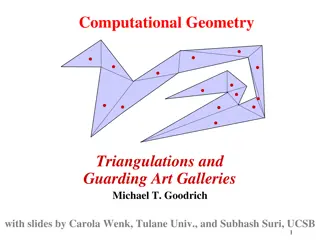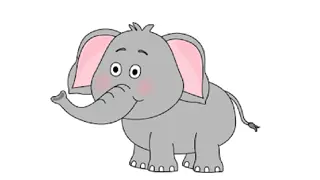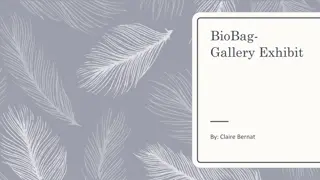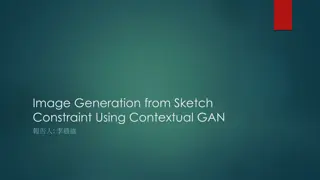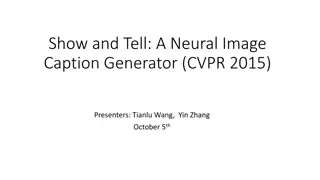Can You Read the Words? - Image Gallery Showcase
In this image gallery showcase, explore various visual representations including "stomp," "lamp," "stamp," and "jump." Can you decipher the depicted words and actions in these intriguing visuals? Dive into the collection and immerse yourself in the creative imagery that prompts your imagination to decipher the displayed content.
Download Presentation

Please find below an Image/Link to download the presentation.
The content on the website is provided AS IS for your information and personal use only. It may not be sold, licensed, or shared on other websites without obtaining consent from the author.If you encounter any issues during the download, it is possible that the publisher has removed the file from their server.
You are allowed to download the files provided on this website for personal or commercial use, subject to the condition that they are used lawfully. All files are the property of their respective owners.
The content on the website is provided AS IS for your information and personal use only. It may not be sold, licensed, or shared on other websites without obtaining consent from the author.
E N D
Presentation Transcript
Dr. Dr. Noori Noori Mohammed Mohammed Luaibi Luaibi Hypothalamus and Pituitary Endocrine Glands
Hypothalamus: The hypothalamus is located near the center of the brain, above the brainstem and below the cerebrum composed of many small nuclei with diverse functions. Located above the midbrain and below the thalamus, the hypothalamus makes up the ventral diencephalon. The diencephalon is an embryologic region of the vertebrate neural tube that gives rise to posterior forebrain structures. By synthesizing and secreting neurohormones, the nuclei of the hypothalamus act as a conduit between the nervous and endocrine systems via the pituitary gland (hypophysis), regulating homeostatic functions such as hunger, thirst, body temperature, heart rate, blood pressure, and contractions of the urinary bladder.
This glands. The pituitary is attached to the underside of the brain at the hypothalamus by a thin stalk. The anterior pituitary receives blood that contains controlling factors directly from the hypothalamus. These factors either stimulate or inhibit the release of pituitary hormones. The posterior pituitary is controlled by nerves from the hypothalamus. diagram shows the hypothalamus and pituitary
Hormones that are released by the hypothalamus Special neurons in the hypothalamus synthesize and secrete the hypothalamic releasing and inhibitory hormones that control secretion of the anterior pituitary hormones. These neurons originate in various parts of the hypothalamus and send their nerve fibers to the median eminence and tuber cinereum, an extension of hypothalamic tissue into the pituitary stalk. The endings of these fibers are different from most endings in the central nervous system, in that their function is not to transmit signals from one neuron to another but rather to secrete the hypothalamic releasing and inhibitory hormones into the tissue fluids. These hormones are immediately absorbed into the hypothalamic-hypophysial portal system and carried directly to the sinuses of the anterior pituitary gland
The major Hypothalamic Releasing and Inhibitory Hormones Control Anterior Pituitary Secretion. 1. Thyrotropin-releasing hormone (TRH), which causes release of thyroid-stimulating hormone 2. Corticotropin-releasing hormone (CRH), which causes release of adrenocorticotropin 3. Growth hormone releasing hormone (GHRH), which causes release of growth hormone, and growth hormone inhibitory hormone (GHIH), also called somatostatin, which inhibits release of growth hormone. 4. Gonadotropin-releasing hormone (GnRH), which causes release of the two gonadotropic hormones, luteinizing hormone and follicle- stimulating hormone 5. Prolactin inhibitory hormone (PIH), which causes inhibition of prolactin secretion. There are some additional hypothalamic hormones, including one that stimulates prolactin secretion and perhaps others that inhibit release of the anterior pituitary hormones.
THE PITUITARY GLAND: is attached to the underside of the brain by a slender stalk. The pituitary gland, also called the hypophysis, it sits in a pocket of bone called the sella turcica which is located directly above the palate of the mouth and behind the bridge of the nose. It arises from two different tissue sources: Posterior pituitary is nervous tissue (neurohypophysis) and Anterior pituitary is glandular (adenohypophysis). Posterior pituitary -is the neural portion derived from an extension of the hypothalamus (median eminence) which remains connected throughout life by a stalk, called the infundibulum. Anterior pituitary is the glandular portion derived from the mouth epithelium (Rathke s pouch) .It forms a cuff (pars tuberalis) around the infundibulum.
The following hormones are released by the anterior pituitary: 1. Growth Hormone stimulates bone and muscle cells to grow. 2. Prolactin causes the mammary glands to produce milk. 3. Follicle Stimulating Hormone (FSH) and Luteinizing Hormone (LH), known collectively as gonadotropins, stimulate hormone and gamete production by the gonads (testes and ovaries). 4. Thyroid Stimulating Hormone (TSH) causes the thyroid to produce thyroid hormone. 5. Adrenocorticotropic Hormone (ACTH) stimulates the adrenal cortex to produce corticosteroids, especially during periods of stress. 6. Melanocyte Stimulating Hormone (MSH) may have a role in fat metabolism. 7. Endorphins, which are also produced by the brain, reduce the perception of pain.
The posterior pituitary is an extension of the brain. It releases two hormones oxytocin and antidiuretic hormone (ADH) that are made in specialized cells in the hypothalamus. The hormones are transported down nerve cells into the pituitary, where they are stored. The hypothalamus signals for their release by direct nerve signals to allow for quicker secretion. OXYTOCIN stimulates the uterus to contract during labor and stimulates the breast to start releasing milk when a baby nurses. ANTIDIURETIC HORMONE reduces urine output by acting on the collecting ducts of the kidney.
Factors That Stimulate or Inhibit Secretion of Growth Hormone Inhibit Growth Hormone Secretion Stimulate Growth Hormone Secretion INCREASED BLOOD GLUCOSE DECREASED BLOOD GLUCOSE INCREASED BLOOD FREE FATTY ACIDS DECREASED BLOOD FREE FATTY ACIDS AGING INCREASED BLOOD AMINO ACIDS (ARGININE) OBESITY STARVATION OR FASTING,PROTEIN DEFICIENCY GROWTH HORMONE INHIBITORY HORMONE (SOMATOSTATIN) TRAUMA, STRESS, EXCITEMENT EXERCISE TESTOSTERONE, ESTROGEN GROWTH HORMONE (EXOGENOUS) SOMATOMEDINS (INSULIN-LIKE GROWTH FACTORS) DEEP SLEEP (STAGES II AND IV) GROWTH HORMONE RELEASING HORMONE INCREASED BLOOD GLUCOSE GHRELIN INCREASED BLOOD FREE FATTY ACIDS AGING
